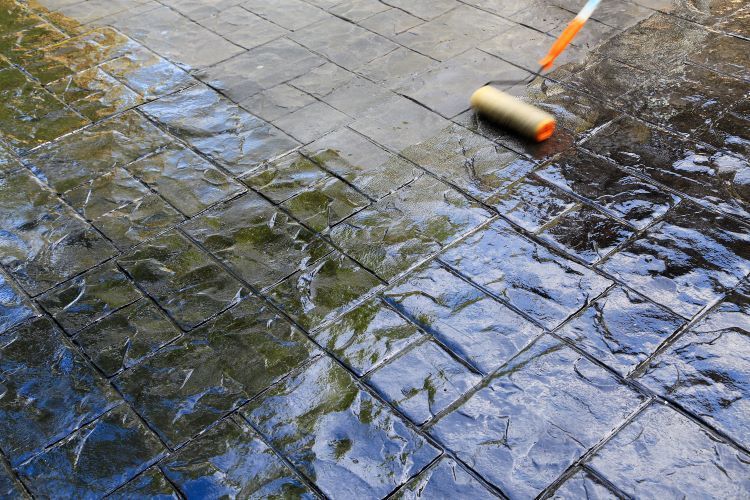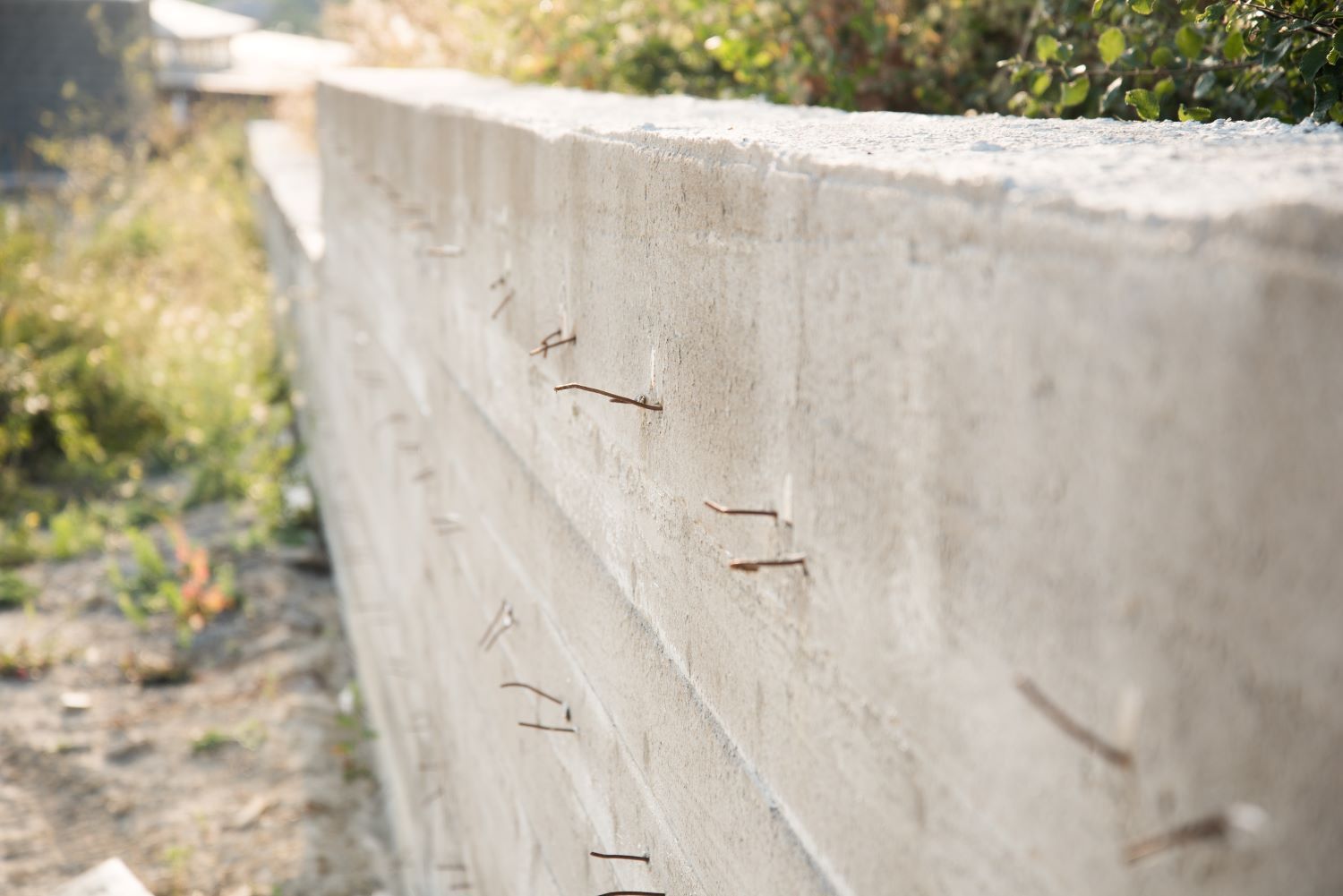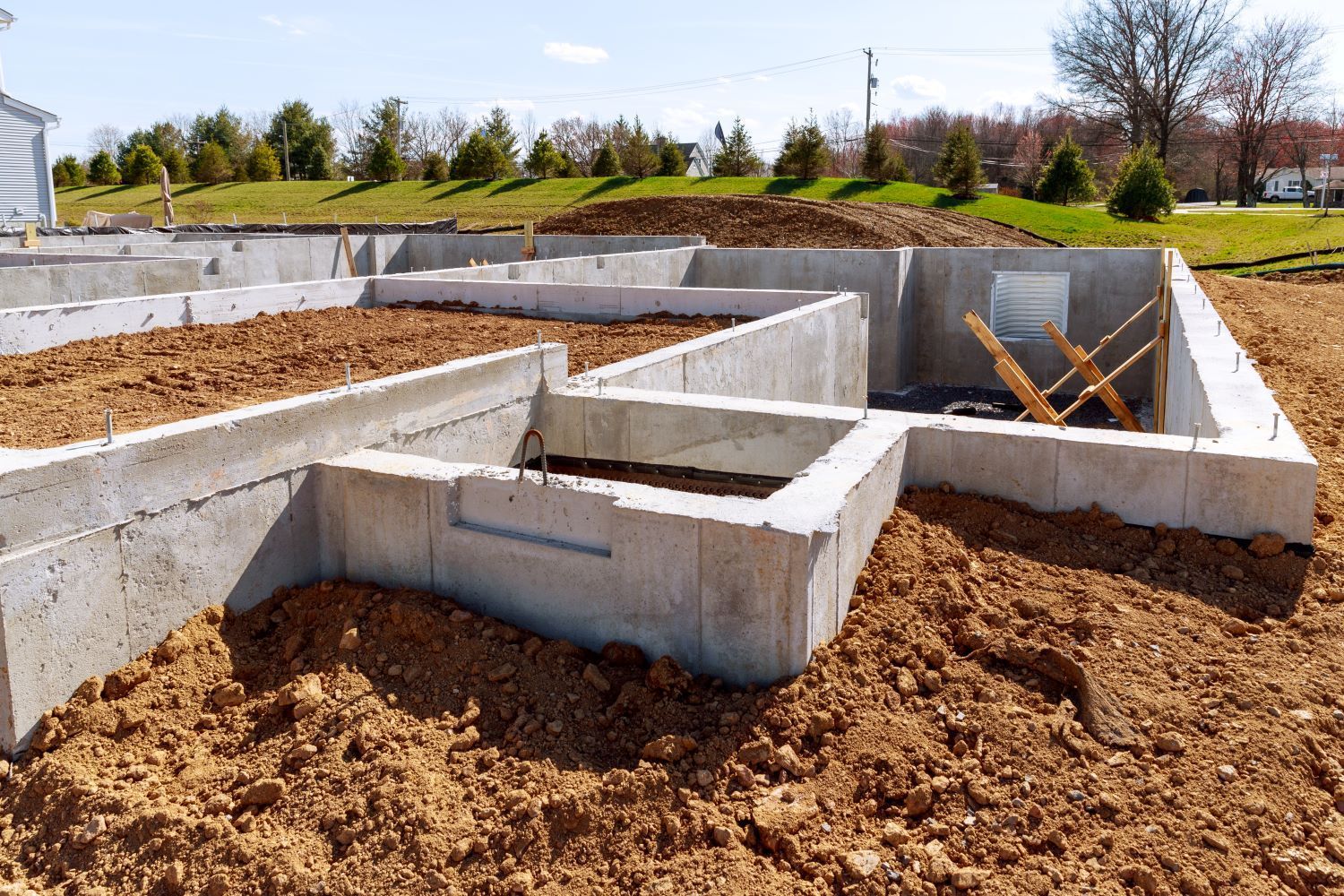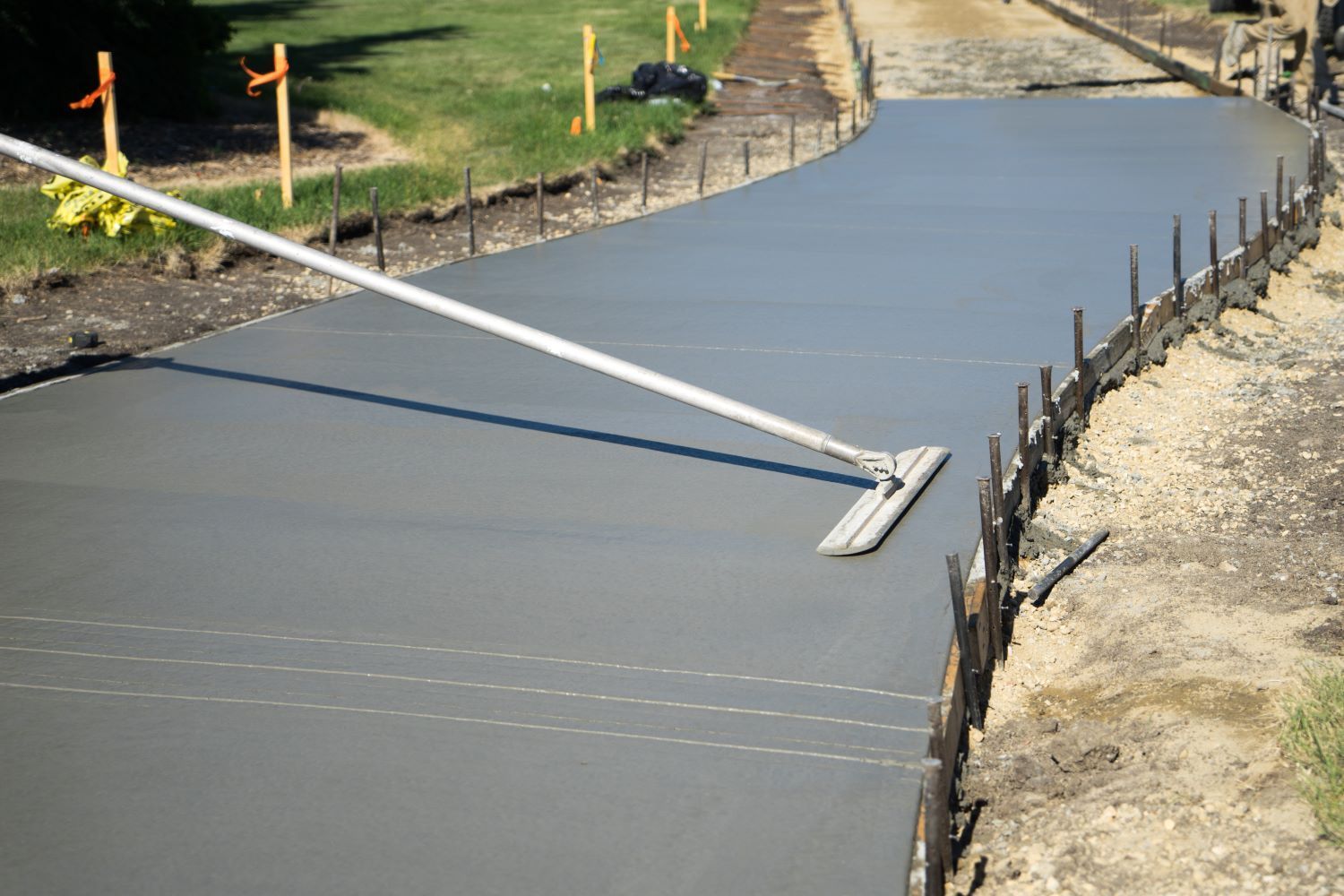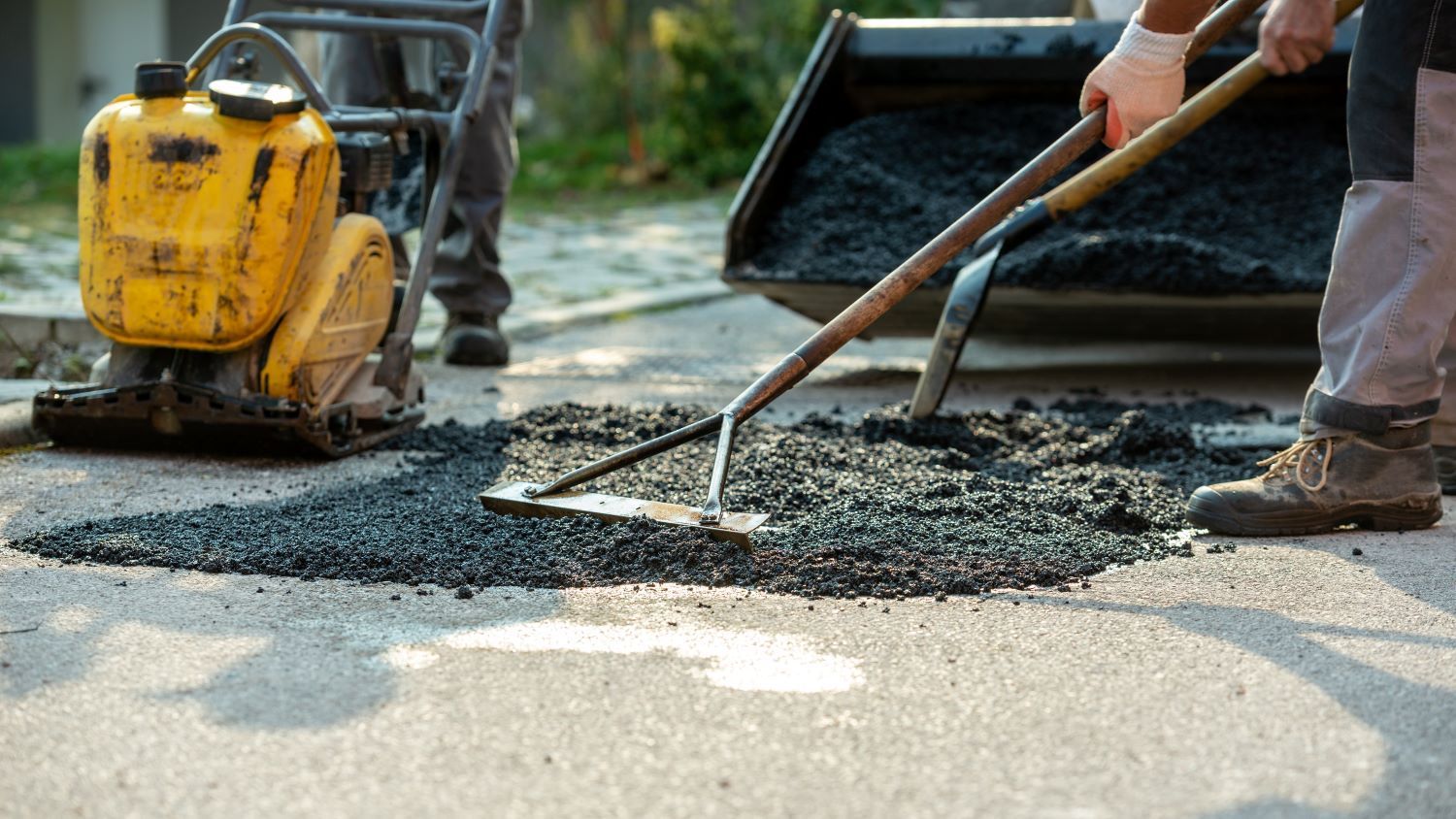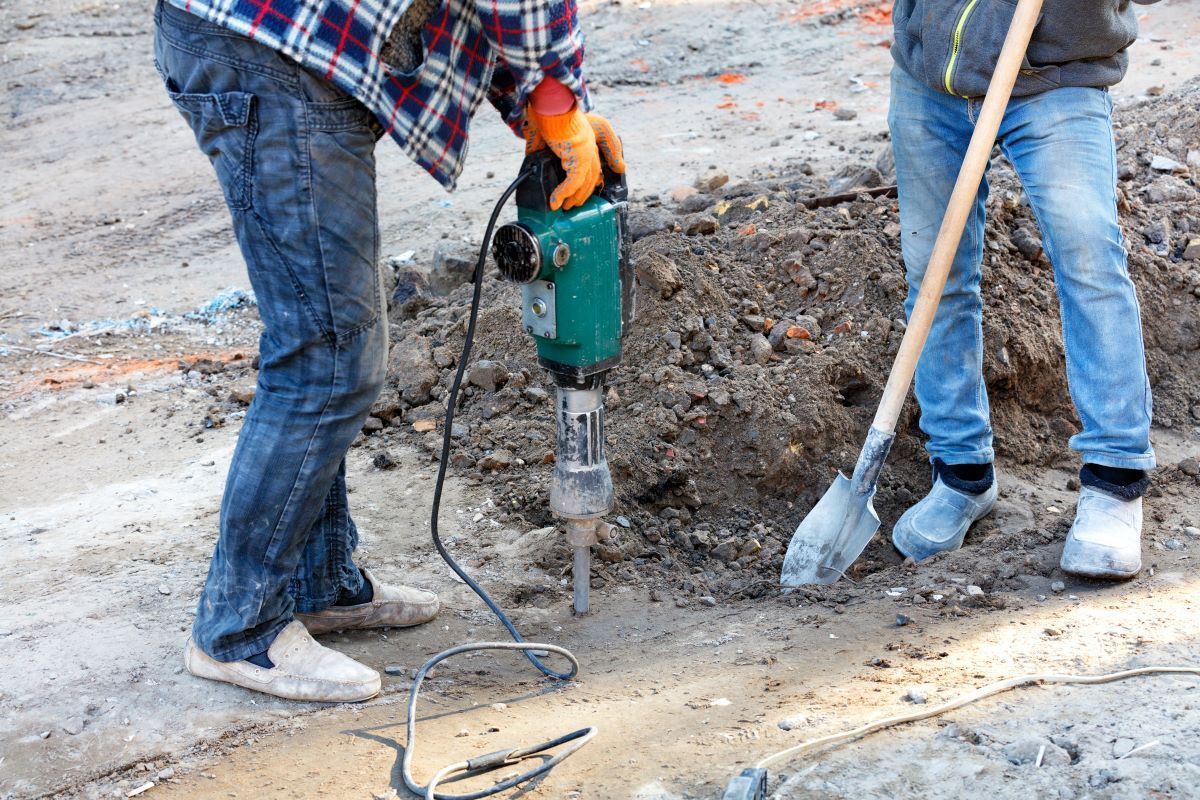Removing Old Concrete: How Cutting Can Speed Up Demolition
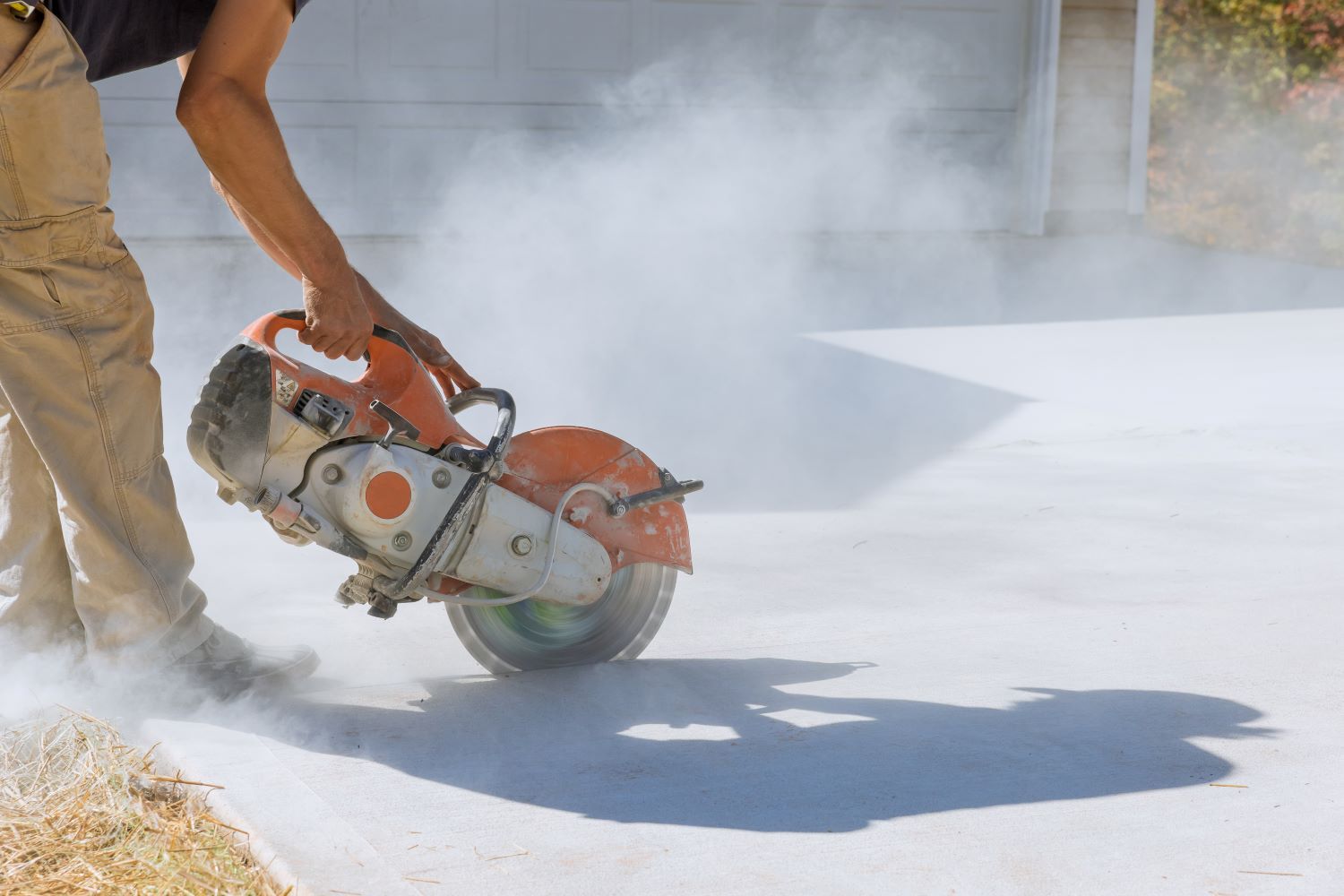
When it comes to construction and renovation projects, removing old concrete is often a necessary step. Whether you're updating a driveway, replacing a patio, or preparing a site for new construction, efficient concrete removal is crucial. Concrete cutting, a precise and efficient technique, can significantly speed up the demolition process while minimizing mess and disruption. Here’s a look at how this method can make your next project more manageable.
Why Use Concrete Cutting for Demolition?
Traditional concrete removal methods, like sledgehammers and jackhammers, are labor-intensive, noisy, and create a lot of dust and debris. Concrete cutting, on the other hand, offers several advantages:
1. Precision
Concrete cutting tools, such as saws equipped with diamond blades, allow for clean and precise cuts. This accuracy ensures that only the targeted sections of concrete are removed, leaving surrounding areas undisturbed.
2. Time Efficiency
Unlike manual methods, concrete cutting is significantly faster. Large sections can be neatly removed in a fraction of the time it would take using traditional techniques.
3. Minimized Damage
Concrete cutting reduces the risk of cracking or damaging adjacent structures. This is especially important in spaces like basements or near foundation walls.
4. Clean Removal
Cutting concrete creates manageable pieces that are easier to transport and dispose of, leading to a tidier worksite.
Steps in Using Concrete Cutting for Demolition
Here’s how concrete cutting can streamline the process of removing old concrete:
Step 1: Site Assessment
Evaluate the area to determine the scope of the demolition. Identify utility lines, assess the thickness of the concrete, and plan the cutting pattern.
Step 2: Mark the Cutting Lines
Clearly mark the areas where cuts will be made. This ensures accuracy and helps workers stay on track during the cutting process.
Step 3: Select the Right Equipment
Depending on the size and location of the concrete, professionals may use wall saws, slab saws, or handheld saws. For thicker or reinforced concrete, diamond blades are the best choice.
Step 4: Cut the Concrete
Using specialized saws, the concrete is cut into smaller sections. These sections are easier to handle, making the removal process faster and safer.
Step 5: Remove the Cut Sections
The cut pieces are lifted and transported for recycling or disposal. Recycling concrete, when possible, is an eco-friendly option.
Applications of Concrete Cutting in Demolition
Concrete cutting can be used in various demolition scenarios, including:
- Driveways and Sidewalks: Removing sections of damaged or uneven concrete.
- Basements: Preparing floors or walls for plumbing or electrical installations.
- Patios and Pool Decks: Upgrading outdoor spaces by replacing old, cracked surfaces.
- Building Foundations: Demolishing unwanted concrete while protecting the surrounding structure.
Hiring Professionals for Concrete Cutting
While concrete cutting might seem straightforward, it requires expertise and specialized equipment. Hiring professionals, like Concrete Contractors St. Johns, ensures the job is done safely and efficiently. Our team uses advanced tools and techniques to deliver precise results while adhering to safety standards.
Conclusion
Removing old concrete doesn't have to be a messy, time-consuming task. With the help of concrete cutting, you can speed up demolition while minimizing damage and cleanup. Whether you're planning a large-scale commercial project or a home renovation, this method is an excellent choice for efficient and precise concrete removal.
If you’re in St. John’s, Newfoundland, and need expert assistance with concrete cutting or removal, Concrete Contractors St. Johns is here to help. Contact us today to discuss your project and get a free estimate!
